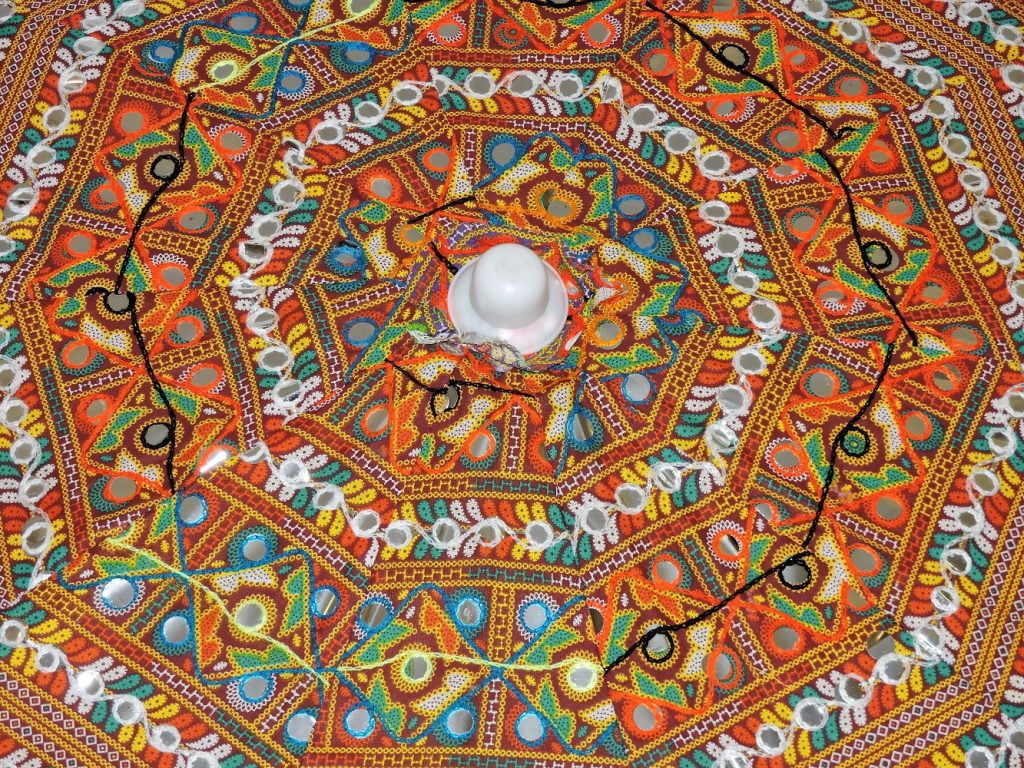Umbrellas, those trusty companions that shield us from the elements, have woven themselves into the tapestry of global culture. Beyond their functional purpose, they hold a fascinating array of meanings, customs, and etiquettes across different countries. From providing shade under the scorching sun to offering protection from raindrops, umbrellas have become more than just weather accessories; they are cultural artefacts that reflect the values and norms of societies around the world.
In many Asian countries, umbrellas are rich in symbolism and superstition. In China, for instance, red umbrellas are associated with good luck and warding off evil spirits. It’s common to see traditional Chinese performances featuring performers twirling red umbrellas to usher in prosperity. Conversely, opening an umbrella indoors is believed to bring bad luck. This belief is also shared in Japan and Korea, where it’s considered inauspicious to open an umbrella inside a building.
In Europe, umbrellas have often been seen as a symbol of sophistication and elegance. Think of the classic black umbrella that complements a tailored suit or a fashionable dress. In many European cities, the sight of umbrellas lining the streets on a rainy day is not only practical but also adds a certain charm to the atmosphere. While umbrellas are common in Europe, they might be less heavily used in certain countries with milder weather.
In regions with intense sunlight and desert climates, like the Middle East, umbrellas are not solely associated with rain protection. Here, they serve to shield oneself from the harsh sun rays. The concept of using an umbrella for shade dates back centuries, long before it was popularised in other parts of the world. Furthermore, umbrellas can have cultural and ceremonial significance in Middle Eastern countries, often used in religious processions and traditional celebrations.
In various African countries, umbrellas have adapted to the local lifestyles and needs. From vibrant beach umbrellas along the coasts to portable sunshades in marketplaces, they cater to the climate and culture of the region. Additionally, umbrellas have been integrated into the colourful ceremonies and festivals that are integral to African cultures, becoming both a practical and symbolic accessory.
South America is known for its lively festivals and celebrations; umbrellas play a role in these vibrant events. In countries like Brazil, colourful umbrellas are often used as props during carnivals and parades, adding an extra layer of festivity. The sight of dancers twirling umbrellas in sync with the rhythm of samba music is a testament to the fusion of practicality and flair.
Umbrellas might seem like simple objects, but they carry a world of diverse meanings, customs, and traditions. From warding off evil spirits in China to adding elegance to a European outfit, umbrellas have shaped and been shaped by cultures across the globe. They not only protect us from the rain and sun but also serve as bridges that connect us to our past, our present, and the intricate tapestry of human civilization. As you navigate the rainy streets of London, walk the sun-soaked markets of Marrakech, or dance in the streets of Rio, remember that the humble umbrella is more than just a shield from the elements—it’s a reflection of the cultural nuances that make our world beautifully diverse. So, the next time you reach for your umbrella, take a moment to appreciate the cultural insights and etiquette that it carries with it.







